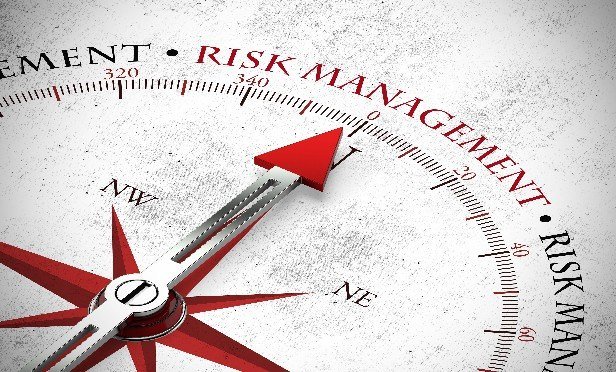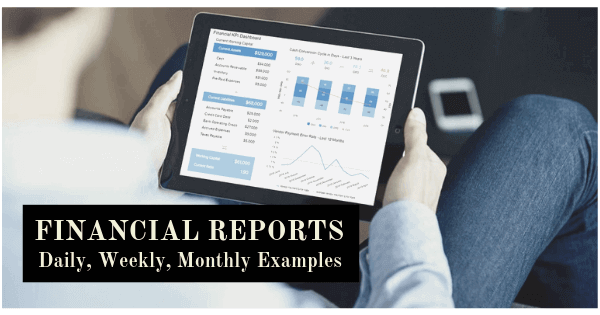The control of non financial risk
Because there are so many different areas to consider, NFR management is a difficult and dynamic process. Instead of being coordinated by a central NFR unit with the appropriate duties, this is being done in silo structures. Increased regulatory demands made it possible to integrate NFR. The institutions, however, are now faced with the issue of comprehensively and consistently reporting on the institution-specific NFR profile. Long-term risk and expense savings will result from this proactive NFR management. The cornerstone for these efforts is an NFR framework built on a thorough NFR taxonomy with clearly defined roles, connected risk assessments, and regular reporting.
The types of non-financial risks
Non-financial risks include :
- environmental risks (including climate-related risk)
- social risks (including understanding changing social norms)
- supply chain transparency and other supply chain risks
- health and safety risks
- technology risks (including business continuity)
- misconduct means that the behavior of the corporation's employees leads to losses
- Cyber risk and IT risk are possible losses due to security breaches.
- Compliance risks are risks related to Governance, risk management, and compliance
- Regulatory risks are possible losses due to changes of the law and regulations.
- Reputational Risk is potential loss caused by the damage to a firm's reputation.
Taking control on non-financial risks using five step framework
- Build NFRs into your ERM framework: Build NFRs into your ERM framework and ensure they are governed by common definitions and measures across all three lines of defense.
- Map your risks: Determine your risk appetite, the locations of the significant hazards to your firm, and the information at your disposal to assist in risk management. The risk in your processes may then be profiled using the map, and the probability and severity can be evaluated.
- Quantify your risks: You're unlikely to get the needed management buy-in to handle the risk until you can quantify and place a dollar amount on the impact of it. Make careful to include in the effects on things like employee retention, loss of current clients, and a decline in new clients.
- Understand your controls: The next stage is to mitigate the risks when they have been identified. It's crucial to recognize which controls are applied to which specific risks in order to reduce them, evaluate their efficacy and efficiency, and connect them to your operational processes, policies, and ERM framework.
- Ensure compliance: Establish efficient risk supervision from the second line of defense, and via the third line of defense, seek independent confirmation that the framework for risk management and internal control is operating as intended
- Benefits of NFR management: The likelihood of an incident occurring and the cost of cleanup are both decreased the more risks you can detect, avoid, and address proactively. Your reputation may be improved and you can attract new business by being able to fulfill stakeholder expectations and manage risk in areas like ESG. Through our training courses, you will be able to have a better understanding of NFR management and how to apply it in your business .


